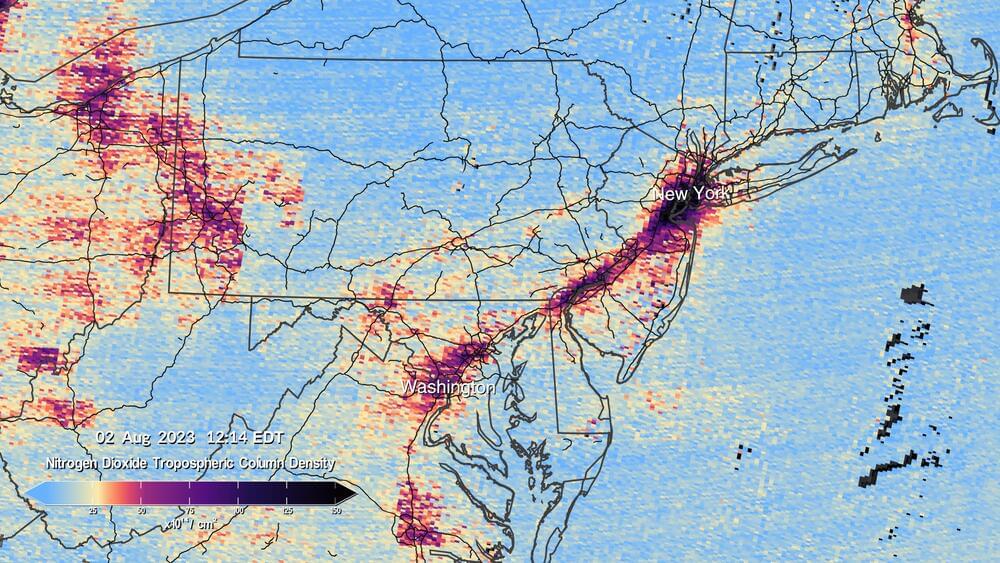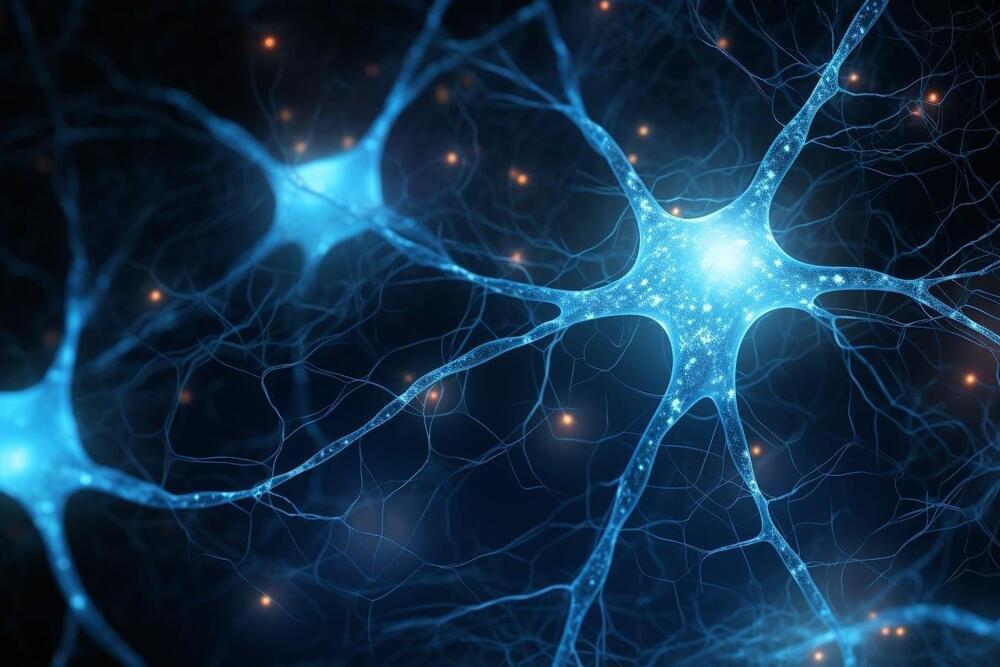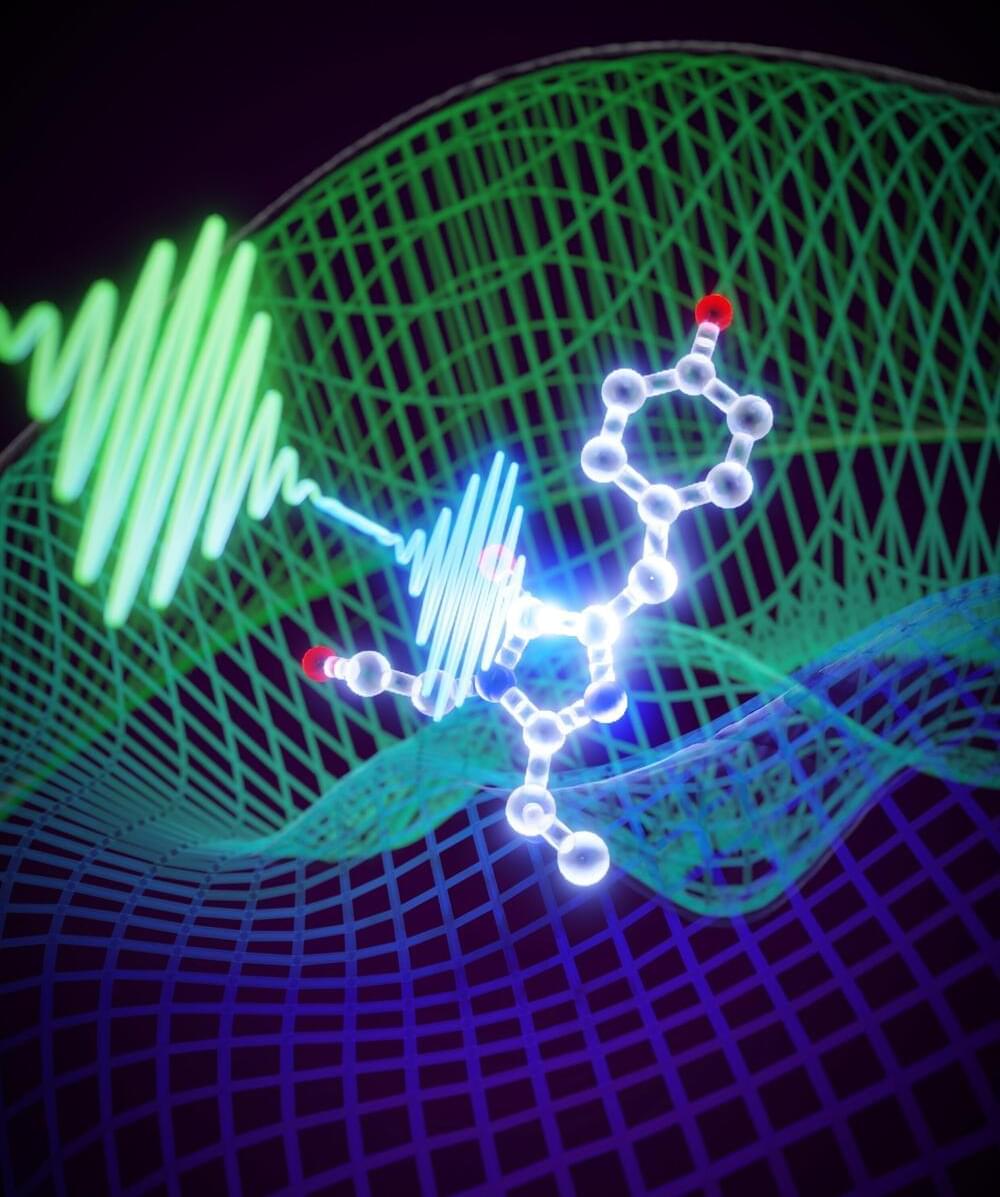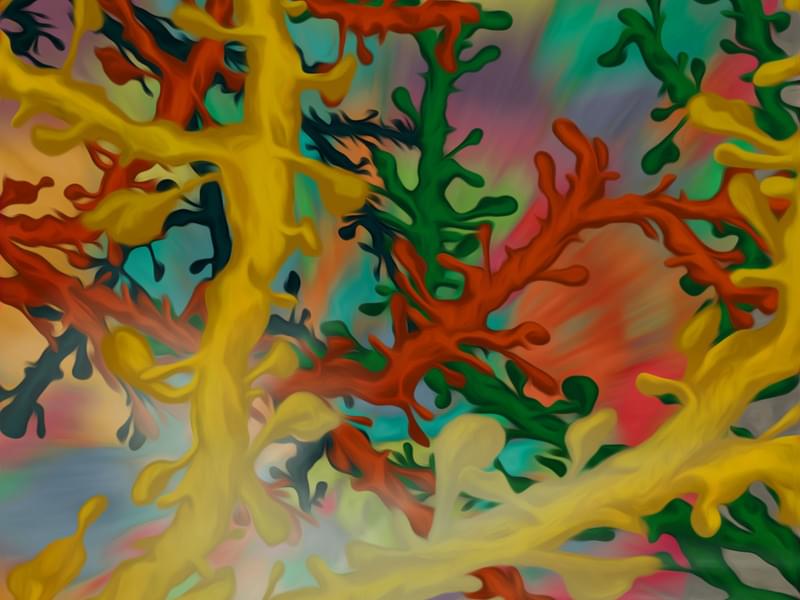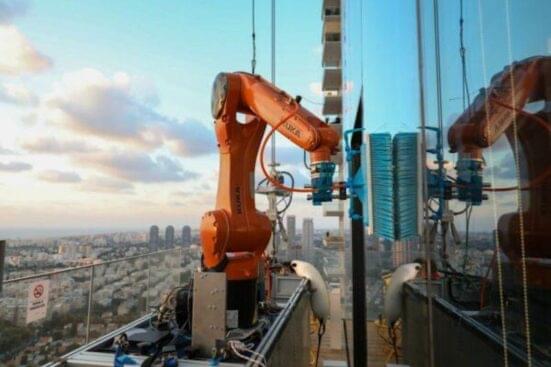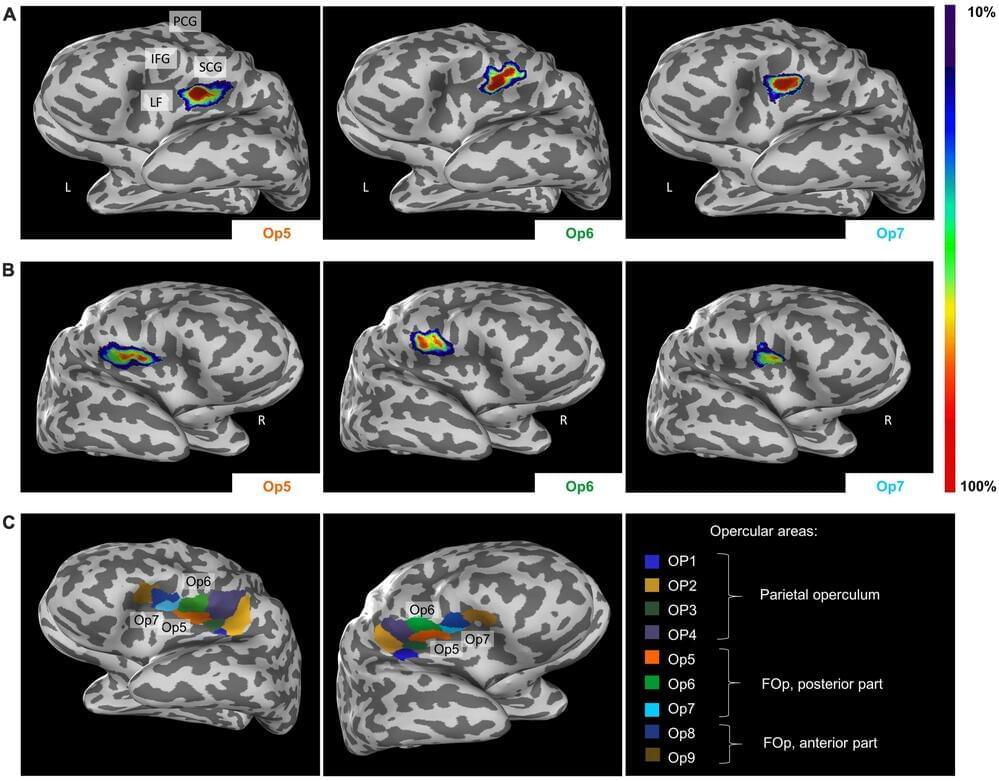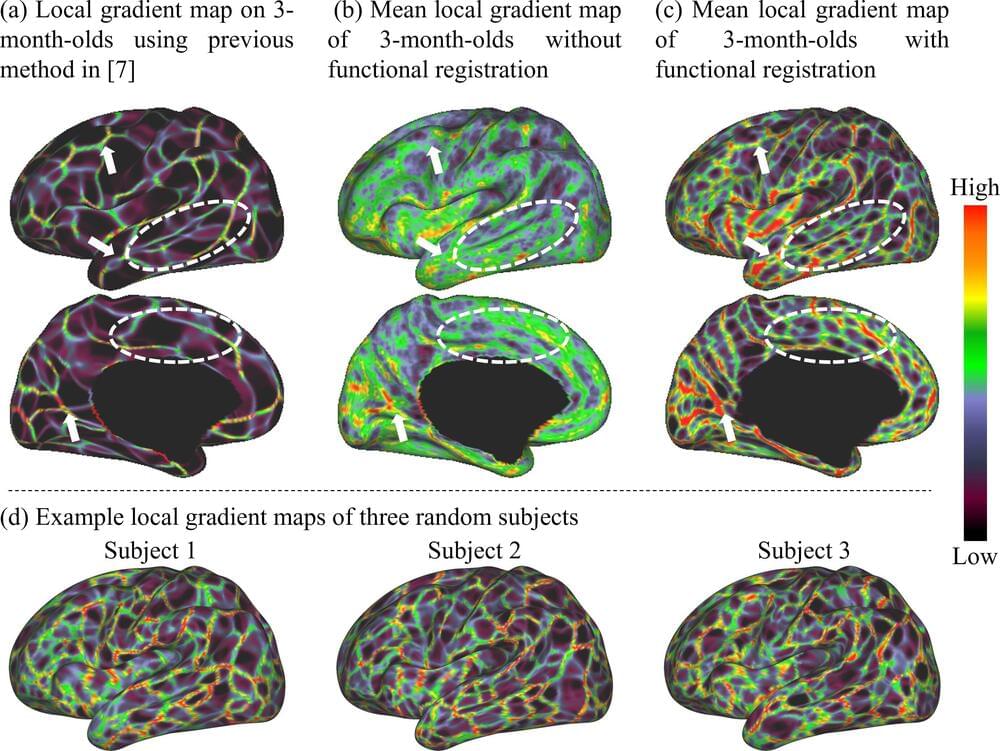Sep 3, 2023
Better paths yield better AI: Enhancing pre-existing architectures
Posted by Saúl Morales Rodriguéz in categories: mapping, robotics/AI
Deep Learning (DL) performs classification tasks using a series of layers. To effectively execute these tasks, local decisions are performed progressively along the layers. But can we perform an all-encompassing decision by choosing the most influential path to the output rather than performing these decisions locally?
In an article published today in Scientific Reports, researchers from Bar-Ilan University in Israel answer this question with a resounding “yes.” Pre-existing deep architectures have been improved by updating the most influential paths to the output.
Continue reading “Better paths yield better AI: Enhancing pre-existing architectures” »

